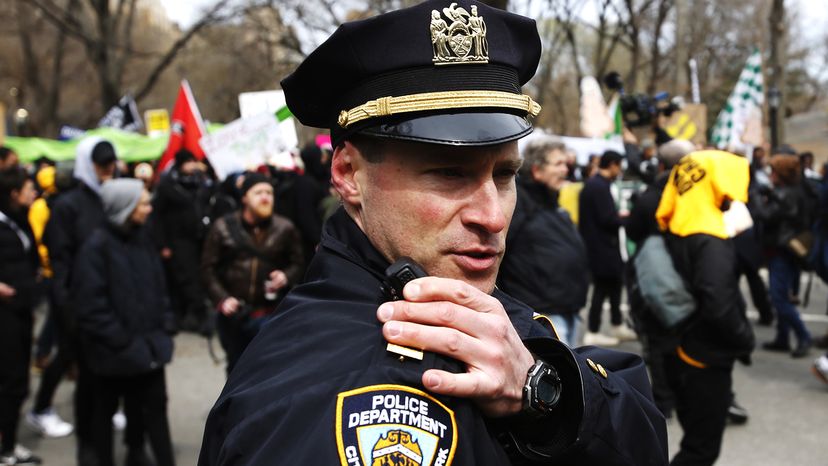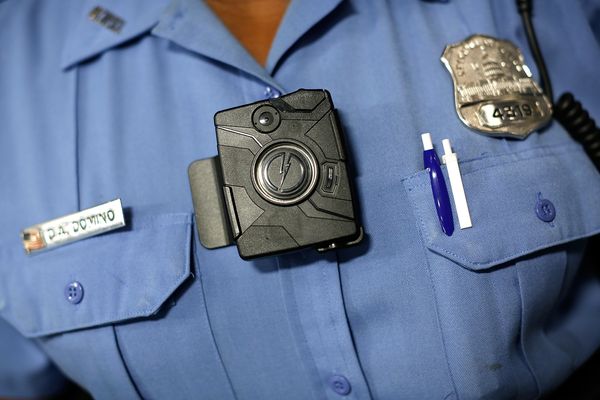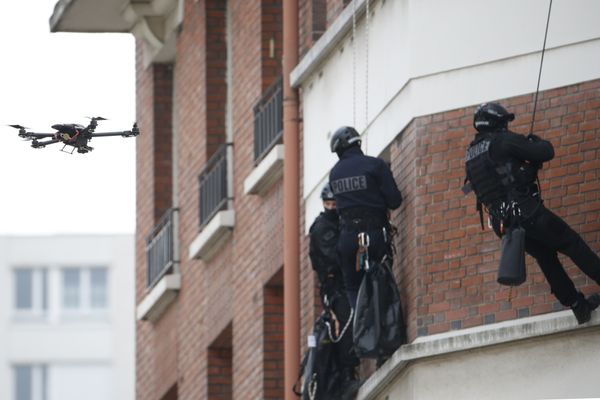
It was April 1928, and a Detroit police officer named Kenneth Cox, along with an engineering student Robert L. Batts, devised a system for police to receive radio calls in their cars. The portable AM radio communication system they dreamed up was innovative but limited — it only worked one way. Police could receive messages from headquarters, but they couldn't talk back. Although primitive, the system was about to change police work forever.
Fast forward five years to Bayonne, New Jersey. Radio engineer Frank A. Gunther, and police Lt. Vincent Doyle, installed the nation's first two-way police radio system for use in the city's patrol cars. Bayonne police cars had a transmitter and a receiver allowing officers to not only communicate with the station house, but with each other. It wasn't long before radio became standard equipment in police cruisers across the country.
Advertisement
At that time, radios were not the digital marvels they are today. In fact, radios didn't even have transistors, but instead used vacuum tubes and a small generator for power. The technology was groundbreaking for the day, but transmitting a signal was slightly delayed.


